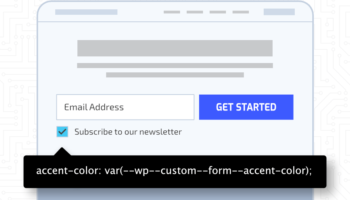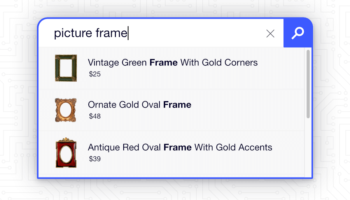Understanding where your leads come from is crucial for making smarter marketing decisions. If you’re using Gravity Forms to collect leads on your WordPress site, you have several options to track attribution, including UTM parameters, referral sources, and more. In this post, we’ll explore three methods to track attribution in Gravity Forms — from a manual setup to powerful third-party plugins — and compare their pros and cons.
1. Manual Method: Hidden Fields & Dynamic Population
Gravity Forms allows you to dynamically populate form fields using query parameters or session data. The most straightforward way to track attribution manually is by adding hidden fields to your forms and populating them using dynamic population.
How It Works
- Add hidden fields for values like
utm_source,utm_medium,utm_campaign, orreferrer. - Enable dynamic population for each field by setting a parameter name.
- Append UTM or referral parameters to your URLs or capture them via JavaScript.
✅ Pros
- Free and native to Gravity Forms.
- Complete control over the data you collect.
- No reliance on third-party services.
❌ Cons
- Requires technical setup — some JavaScript may be needed to grab values like the referring URL.
- Doesn’t persist across multiple sessions or pages unless you use cookies or session storage.
- Maintenance can become complex on larger sites.
2. Third-Party Plugin: Referral Tracking for Gravity Forms
Referral Tracking for Gravity Forms by Super Useful Plugins enhances Gravity Forms by automatically capturing and storing referral information for each lead. Unlike simple hidden fields, this plugin tracks users across sessions, captures more than just the immediate referrer, and works behind the scenes without modifying every form.
How It Works
- Captures the initial referral URL, not just the last-click referrer.
- Stores referral data (including full URL, domain, and path) using first-party cookies.
- Adds referral data to Gravity Form entries without requiring hidden fields.
- Works site-wide — any form on your site will automatically include referral data once the plugin is installed and activated.
Key Features (from the official docs):
- Tracks first-visit referrer data (not overwritten if the user returns from another source).
- Optionally logs landing page, source domain, and full referral path.
- Lightweight and privacy-conscious — no third-party tracking scripts.
- No configuration required; works out-of-the-box.
✅ Pros
- Truly plug-and-play — no need to manually edit forms or add fields.
- Captures first-touch attribution, which is often lost in default setups.
- Stores data even if users submit a form later in a different session.
- Maintained by a trusted third-party Gravity Forms developer.
❌ Cons
- Focused only on referral-based tracking — does not capture UTM parameters or marketing campaign data.
- Requires a paid license via Super Useful Plugins (not included in standard Gravity Forms plans).
- Less customization than more comprehensive attribution tools like Attributer.
3. Third-Party Plugin/Service: Attributer.io Integration
Attributer is a third-party service designed specifically for lead attribution. It works by storing UTM and other attribution data in cookies and passing them into Gravity Forms fields.
How It Works
Check out this Gravity Forms blog post for a detailed walkthrough.
- Automatically captures UTM parameters, referrers, landing pages, and more.
- Stores attribution data in browser cookies to persist across sessions.
- Maps the attribution data into hidden fields in your Gravity Forms submissions.
✅ Pros
- Full-funnel attribution: tracks traffic source, medium, campaign, landing page, and even first-touch vs. last-touch.
- Persistent tracking across sessions and pages.
- Easy to integrate — just paste a script and add a few hidden fields.
❌ Cons
- Paid service — Attributer has a subscription cost.
- Relies on JavaScript and cookies, which may be blocked by strict browser privacy settings.
- Requires some setup and configuration (though less technical than the fully manual approach).
Which Method Should You Choose?
| METHOD | BEST FOR | COST | TRACKING DEPTH | TECHNICAL SETUP |
|---|---|---|---|---|
| Manual | Developers or marketers with coding knowledge | Free | High (if implemented well) | High |
| Referral Tracking Plugin | Simple referral tracking | Paid plugin | Low-medium | Low |
| Attributer Plugin | Full marketing attribution | Paid (SAAS) | High | Medium |
Final Thoughts
Tracking attribution in Gravity Forms doesn’t have to be complicated, but the right method depends on your needs and resources. If you’re comfortable with code and want full control, the manual method is a solid choice. For easy setup and simple referral data, the official plugin works well. And if you need complete multi-touch attribution with less hassle, Attributer is the most powerful option.
No matter which route you choose, adding attribution tracking will give you better insights into your marketing performance and help you convert more leads into customers.





